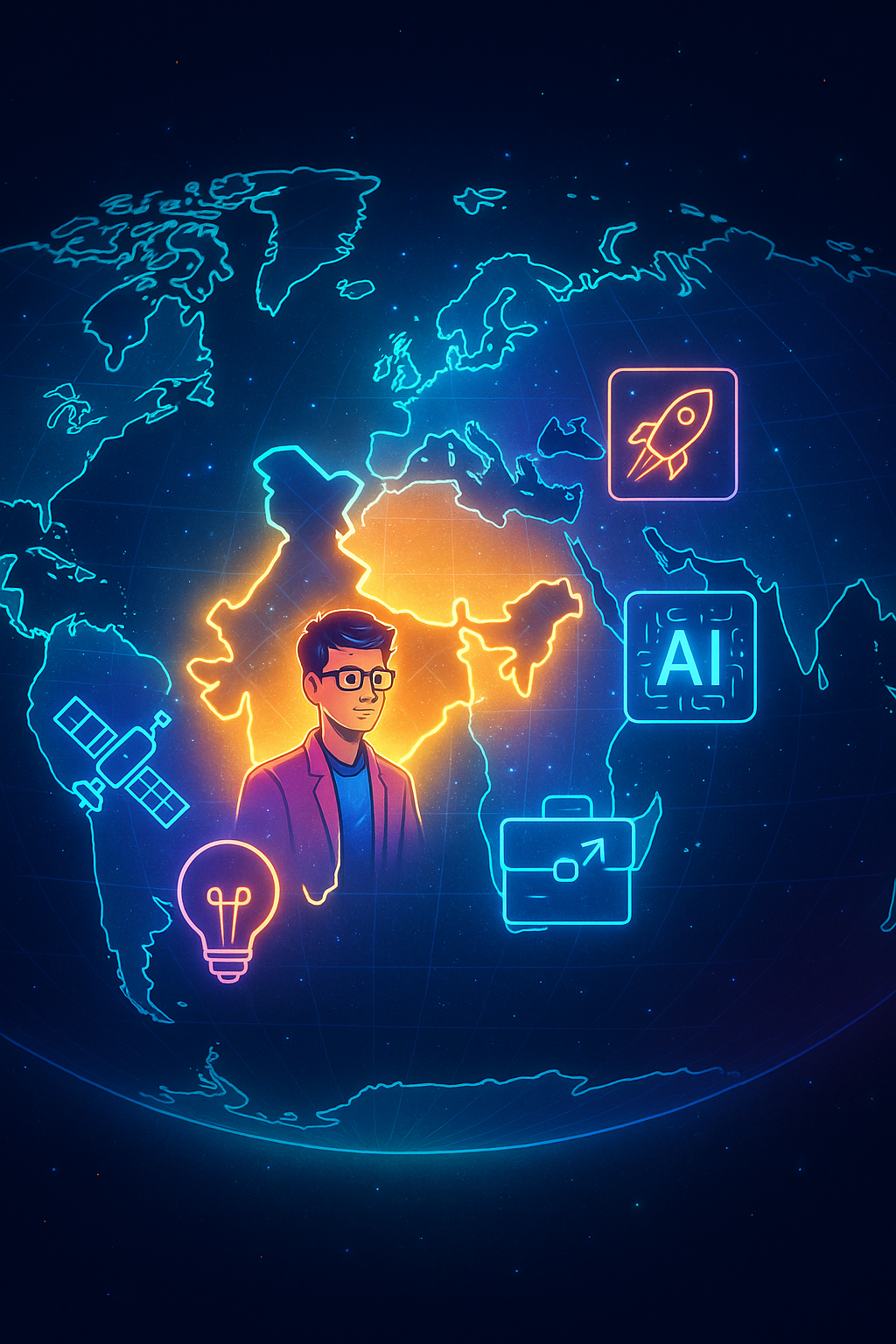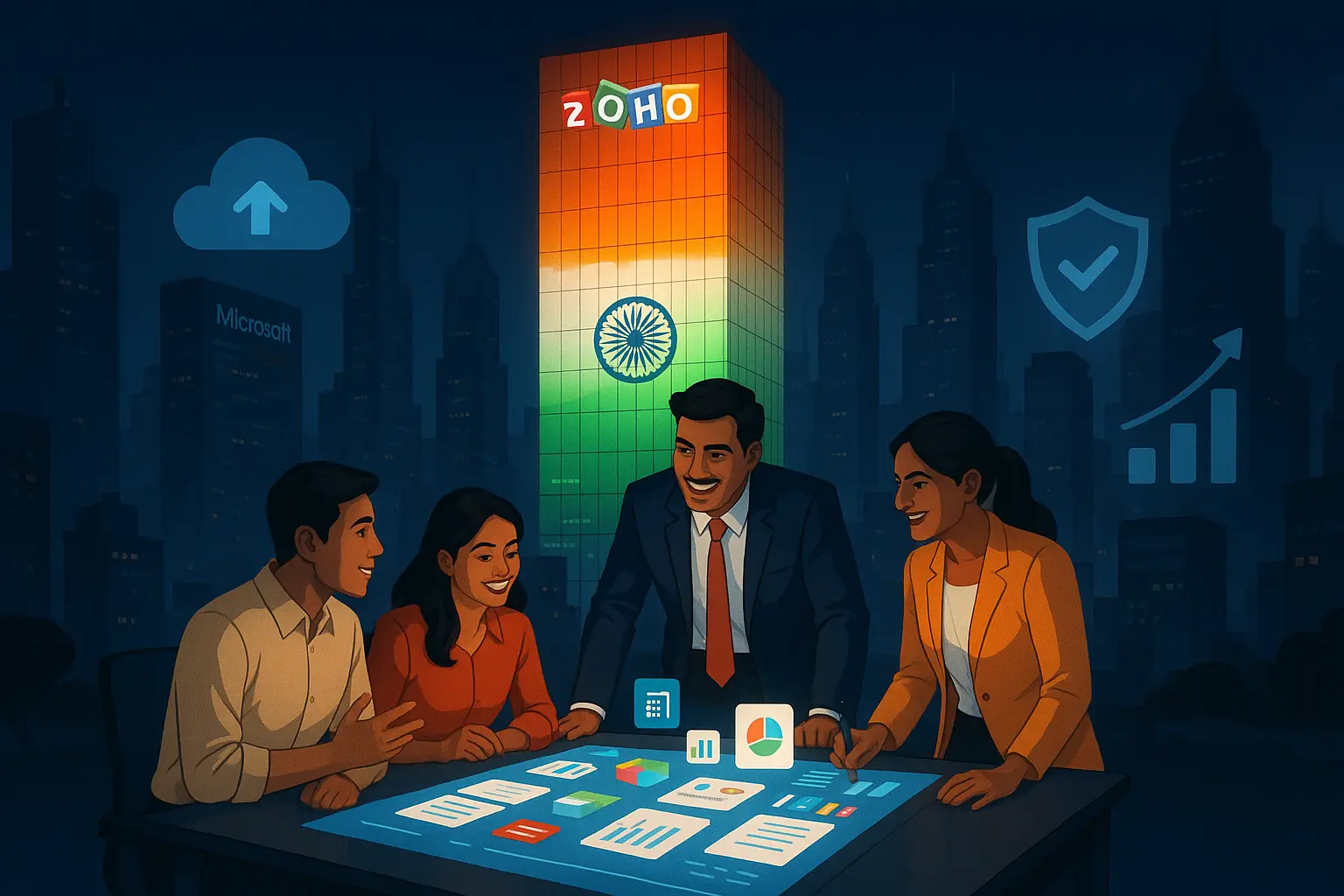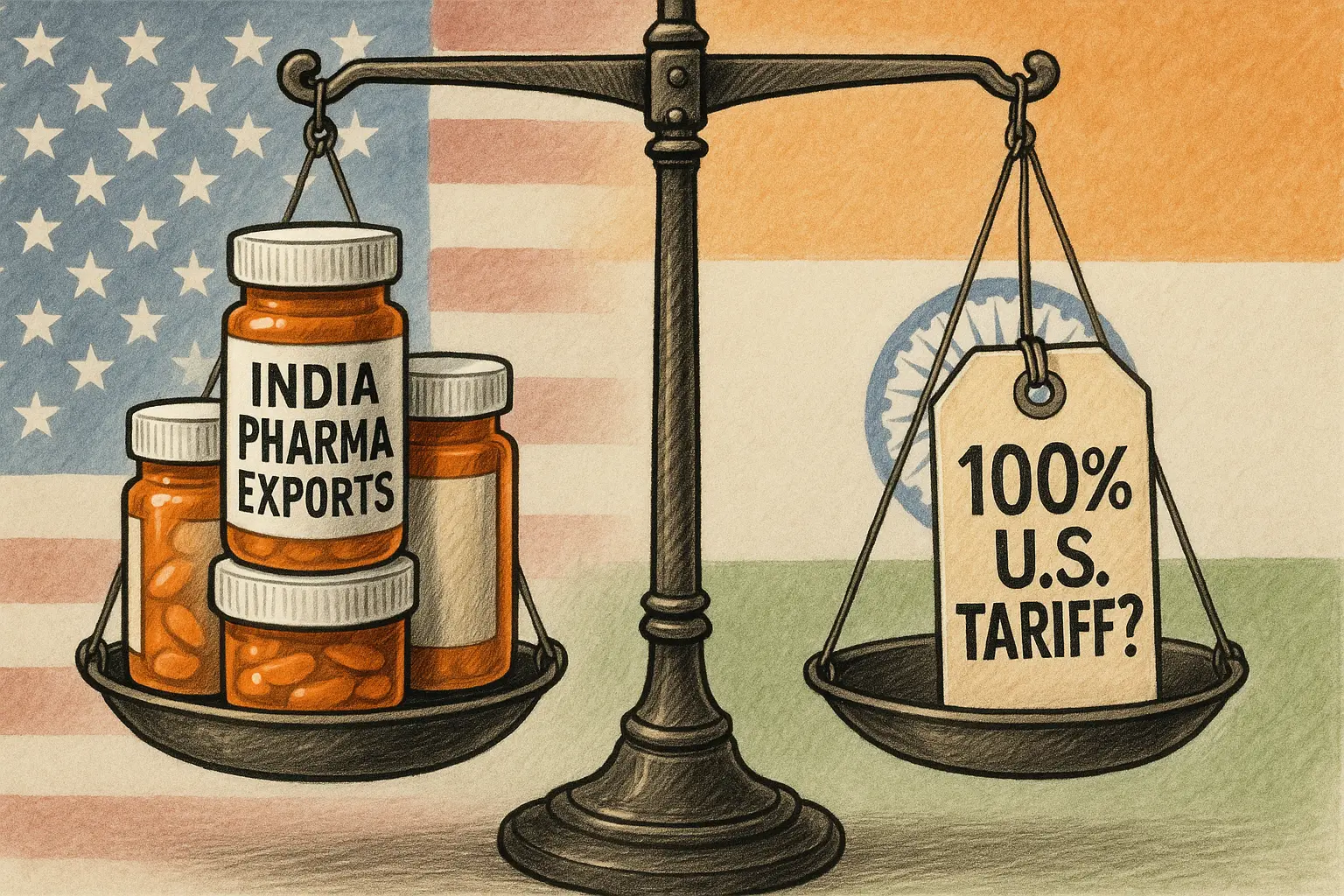How India’s Tech Boom Is Reshaping the Global Innovation Map

Intro: From Service Hub to Innovation Powerhouse
Not long ago, India was known mostly as the world's back-office—call centers, outsourced IT, and software support. But that story is changing, fast. Today, India is not just serving innovation—it’s leading it. With a surge in tech startups, strong government backing, and a rising wave of young talent, India’s tech boom is shaping a new global reality. And the world is watching.
1. The Startup Explosion: From Zero to Unicorns
India is now the third-largest startup ecosystem in the world, just behind the US and China. Over 100 Indian startups have reached "unicorn" status (valued at over $1 billion), and more are coming every month.
This boom is fueled by:
- Young founders with bold ideas
- Low entry barriers for tech development
- A growing digital customer base
Startups like Zerodha, Byju’s, Ola, Razorpay, and Freshworks are becoming global names. These aren’t just companies—they’re movements shaping how we learn, travel, bank, and do business.
2. Government Support: Building the Right Environment
India’s government isn’t just watching from the sidelines—it’s building the track for this tech race.
Key initiatives include:
- Digital India – Pushing internet access, digital payments, and e-governance to every corner of the country.
- Make in India – Encouraging local tech manufacturing, from smartphones to semiconductors.
- Startup India – Offering tax benefits, easier compliance, and funding access to new businesses.
Even Tier-2 and Tier-3 cities are joining the revolution—proof that innovation in India isn’t limited to Bengaluru or Hyderabad anymore.
3. Talent Beyond Borders: The Global Impact
India’s strength lies in its people. More than 50% of the population is under 30, and millions are entering tech-related fields every year.
Globally:
- Indian CEOs lead giants like Google (Sundar Pichai), Microsoft (Satya Nadella), and Adobe (Shantanu Narayen).
- Indian engineers and designers are shaping platforms used worldwide.
- Indian developers are among the top contributors to open-source tech.
As remote work becomes normal, Indian professionals are building bridges—not just products—across time zones and cultures.
4. What 2030 Could Look Like
If trends continue, by 2030:
- India could host 500+ unicorns
- It may become the AI development capital of the world
- Local innovations could solve global problems—especially in climate tech, healthtech, and fintech
- Indian languages could power new digital interfaces, making the internet more inclusive
In short, India won’t just be part of the global tech ecosystem—it could help define its rules.
Conclusion: India’s Moment Is Now
India’s tech story is no longer a side note—it’s the headline. With smart policy, bold entrepreneurship, and world-class talent, the country is not only catching up—it’s leaping ahead. As we move toward 2030, one thing is clear: the future of innovation doesn’t just run through Silicon Valley—it pulses through the streets of India.
If you’re a creator, coder, student, or thinker—now is the time to join the ride. India is building the future. Be part of it.









No comments yet. Be the first to comment!